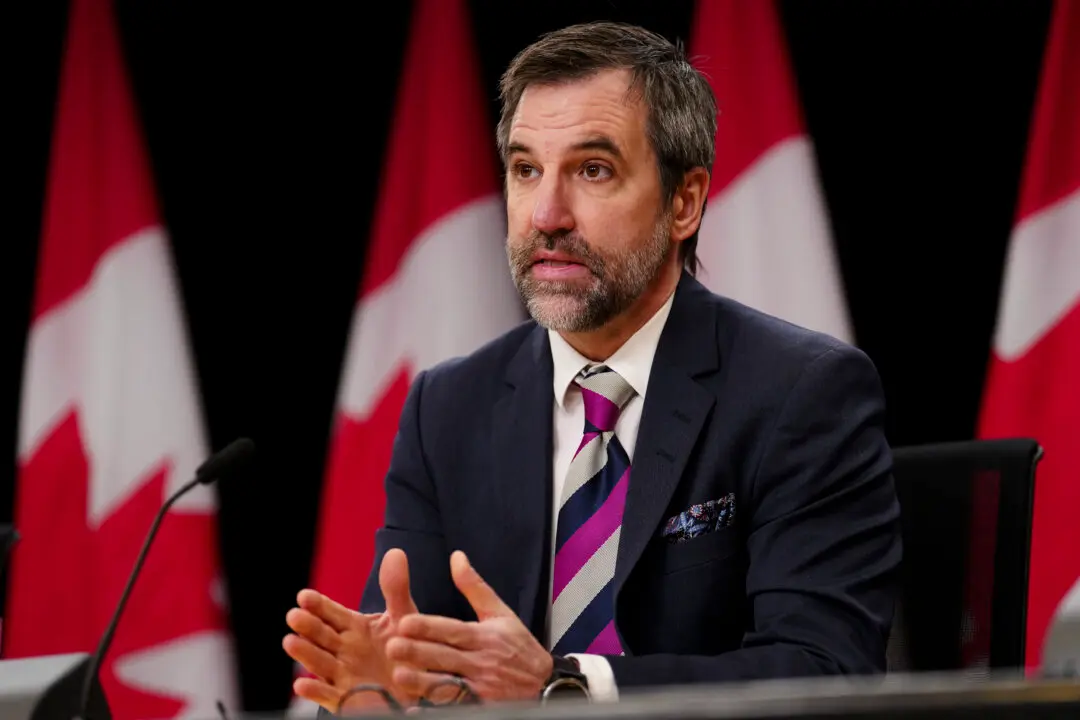Foreign aid spending on energy-generation initiatives led by renewables has had the sharpest rise in Canada’s inflation-adjusted international assistance expenditures since the Liberal government came to power in late 2015, an analysis by The Epoch Times shows.
Canada’s expenditures in this category between the years 2016 and 2023 after the Liberal government came to power saw a rise of 87 percent compared to the inflation-adjusted total expenditures between 2008 and 2015.





